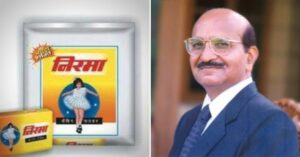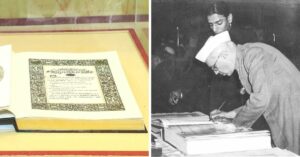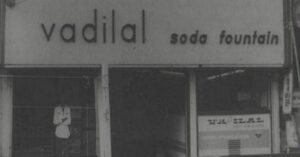Proudly Swadesi, This Neem Soap Was a Pioneer of Indian Manufacturing in 1920
Despite changing several hands over the decades, Margo continues to be a witness to much more than just clear and blemish-free skin.

Almost a century ago, at a time when Indian markets were being dominated by British-made goods, an Indian entrepreneur rose to take a bold step against it. Although his name is lost in the annals of history today, he was one of the few pioneers of the Swadeshi movement who stood up to threaten the colonial hold on Indian economy, with home-grown Swadeshi products. A revolutionary, a chemist, an entrepreneur and a mentor, this man was behind the research, development and marketing of one of the most prominent FMCG (fast-moving consumer goods) products, the Margo soap that today has risen into a popular brand in itself.
It’s interesting to see that this product commonly found in Indian households even today, is rooted in the core of India’s Swadeshi past.
The Swadeshi Soap
Although owned by Jyothy Laboratories Ltd. today, Margo soap originally was a product invented by an Indian entrepreneur a century ago, under the Calcutta Chemical Company. Decades later it changed hands to Henkel India who then sold it to Jyothy Labs in 2011.
Despite changing several hands over the decades, Margo continues to be testimony to much more than just clear and blemish-free skin. It has been the undying witness of India’s struggle for freedom against the colonial forces and an active participant in the Swadeshi Movement.
And the man behind this phenomenal brand was Kolkata-based (earlier known as Calcutta) Khagendra Chandra Das.
Born in an affluent Bengali family, Das grew up in an environment that was heavily influenced by Swadeshi sentiments. His parents were judge Rai Bahadur Tarak Chandra Das and Mohini Devi, a staunch Gandhian and activist who was also the former President of the Mahila Atma Raksha Samity, an organisation focused on teaching women self-defense. The duo, especially his mother, had a strong effect on Das’s personality.
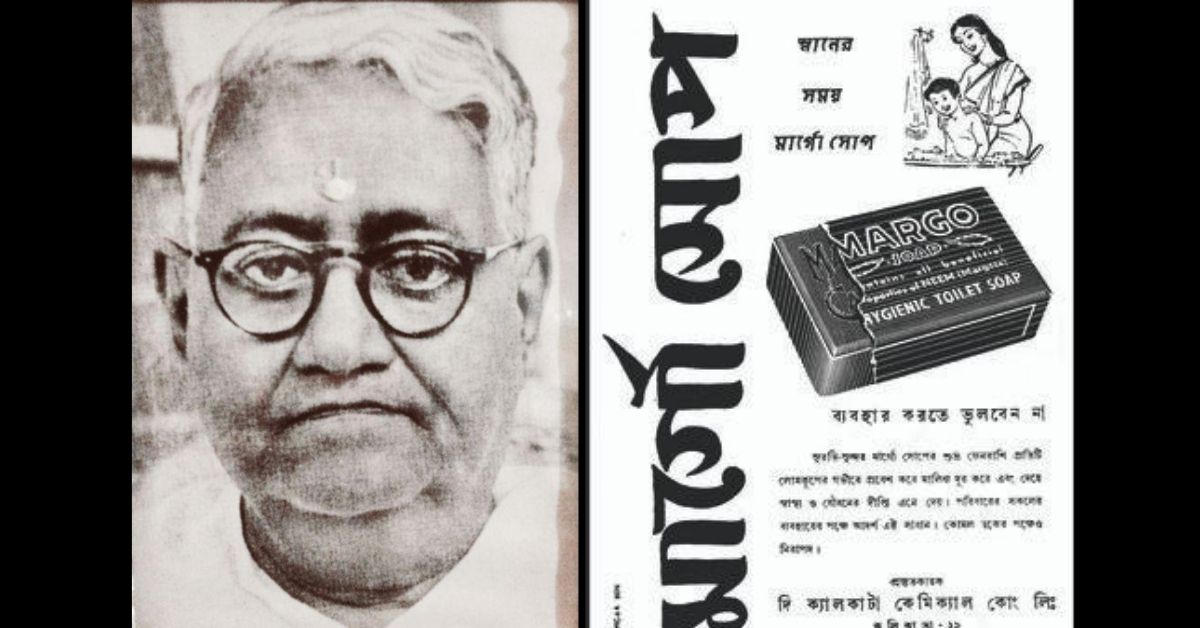
After completing college education from Presidency College, Kolkata, he took up a post of a lecturer at Shibpur Engineering College. Around the same time, the then Viceroy of India, Lord Curzon announced the partition of Bengal on July 20, 1905, and a few months later on October 16, carried it out.
A manifestation of the British government’s divide and rule policy, this partition flared up nationalist emotions of Indians across the nation, with Bengal rising as the epicentre of dissent.
Despite the best efforts to curb the rising call for national freedom, Lord Curzon’s decision set in motion a chain of events that contributed to the formation of the Swadeshi movement. And amid several other means of protest one important tenet of the movement was to economically empower businesses that were made in India and by Indians thus starting a surge of Swadeshi or locally manufactured products all across the country and the boycott of British goods.
Although at this point in time, Das was far from making a dent in the colonial armour, he quickly became a part of the movement.
He was closely connected with political leaders like Surendranath Banerjee, Bal Gangadhar Tilak.His active involvement threatened his safety and when his father came to know that the British government was planning to arrest his son, he ordered Das to leave the country and pursue higher studies in London.
Das wanted to obey his father, but as an expression of silent defiance, instead of going to Britain, he got a scholarship from the Indian Society for the Advancement of Scientific Industry and boarded an American ship to sail for California.
University of California, Berkeley, in 1907, shifted both Das and his fellow Indian classmate, Surendra Mohan Bose to Stanford University. This indomitable duo not only became the first Indians to graduate from Stanford University in 1910 with B.Sc degrees in Chemistry, but were also soon to become the forerunners of the original Make In India movement.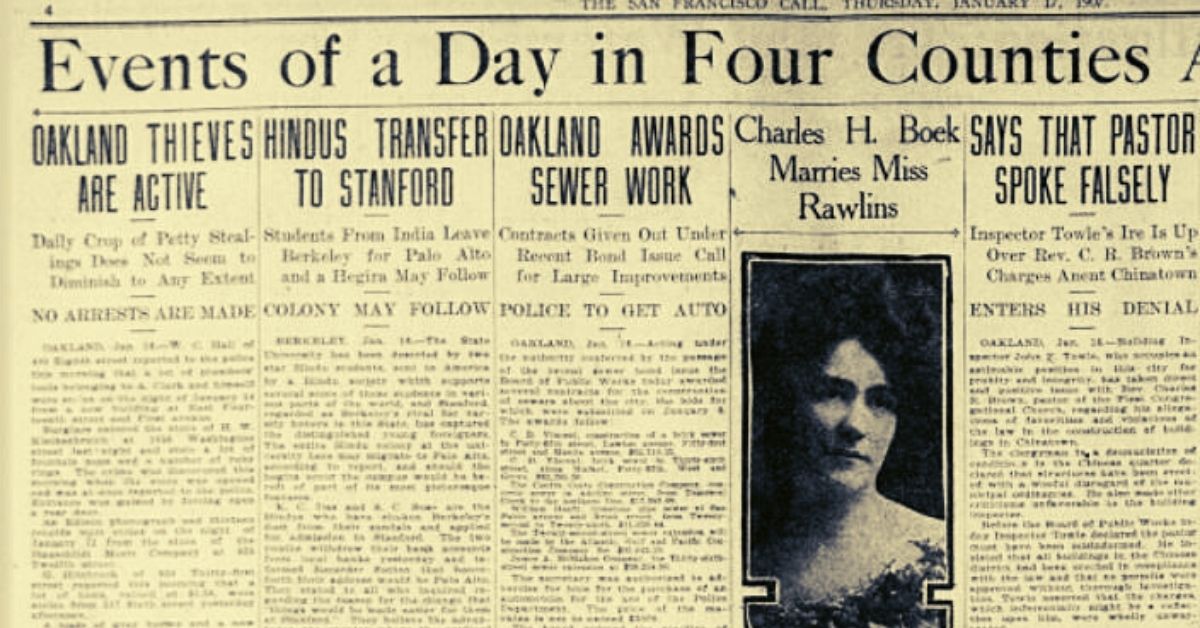
Even though miles away from home, Das continued to be involved in the movement and soon became a part of the California Branch of the Indian Independence league, which in the later years had links to the Ghadar Party.
After graduation, he was finally ready to translate these words into action. Along with Bose, Das set sail for India, only to take a detour to Japan. It was this detour that enlightened their young minds around new technology and its scope in business.
Empowered by knowledge and expertise gained in Japan, the duo would then launch their ventures — Das in pharmaceuticals and Bose in waterproofing.
Upon his return, Das, with the help of two friends, RN Sen and BN Maitra started the Calcutta Chemical Company in 1916. They registered an office in 35 Panditiya road, Ballygunge, and started their factory in Tiljala in South Kolkata.
While his friend Bose began to manufacture umbrellas and raincoats under the brand name of Duckback, Das decided to expand the company to manufacture toiletries in 1920.
His experience in Japan studying pharmaceutical science equipped him to find value in a traditional Indian raw material — neem — that eventually led to the inception of two prominent products — Margo soap and the Neem toothpaste.
Made with India’s homegrown materials, this product was made affordable, as a means to dismantle the authoritarian monopoly of British-made goods in the market. While he also created a talcum powder named Lavender Dew to cater to a more affluent population, it was Margo soap and the Neem toothpaste that stood the test of time and became a household name not just in India but even abroad.
In order to satisfy the growing demand, the company began to expand its distribution offices across major cities of India, and an additional manufacturing unit was also set up in Tamil Nadu. In a matter of a few years, these products began to be distributed in international markets of several South-East Asian countries.
A Mentor for Young Indians
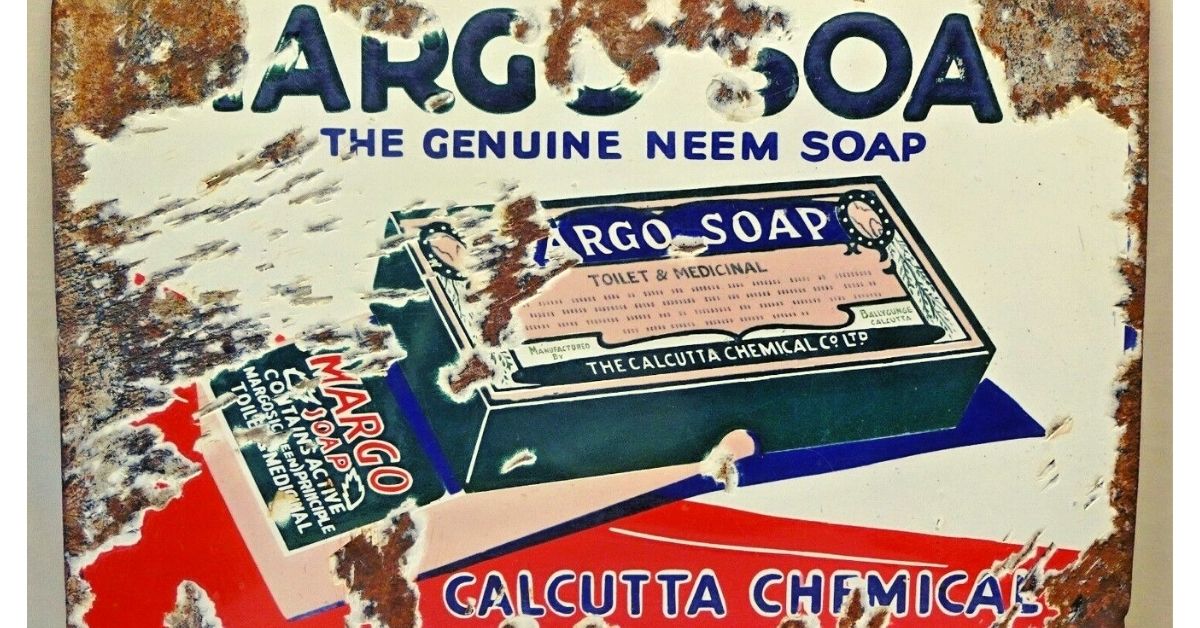
India-made products like these bolstered the Indian independence movement by not only emotionally but also economically empowering the citizens. People like him had lit the fire of entrepreneurship in India back in the 20th century.
The next many years, Das not only dedicated his life to the development of his company and the Margo brand but also the Swadeshi movement by promoting entrepreneurship amongst the youth. He was known for his dislike for ‘service’ or clerical jobs and instead encouraged the youth to start something on their own instead of looking for a job.
And as support he was allegedly known to not only extend his business expertise and guidance but also provide seed capital to new Swadeshi ventures without asking for a refund, claims this report in conversation with his extended family.
Das passed away around 1965 making the company one of the most prominent in the FMCG sector in the South Asian region and even after a century, his legacy continues.
Featured Image: Bengali billboards on Harrison Street. Calcutta was the largest commercial centre in British India/ Wikipedia
(Edited by Gayatri Mishra)
This story made me
- 97
- 121
- 89
- 167
Tell Us More
We bring stories straight from the heart of India, to inspire millions and create a wave of impact. Our positive movement is growing bigger everyday, and we would love for you to join it.
Please contribute whatever you can, every little penny helps our team in bringing you more stories that support dreams and spread hope.






